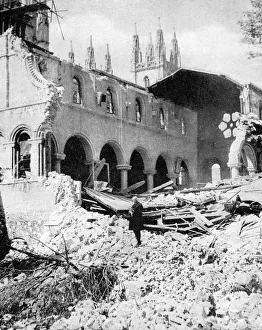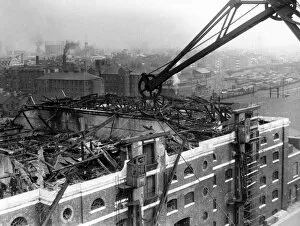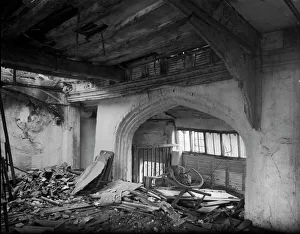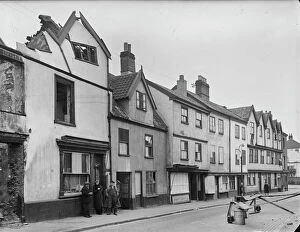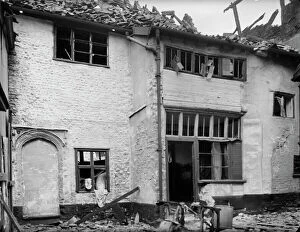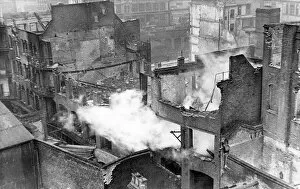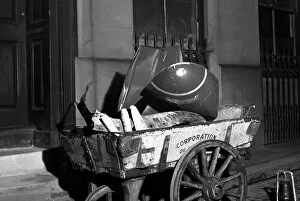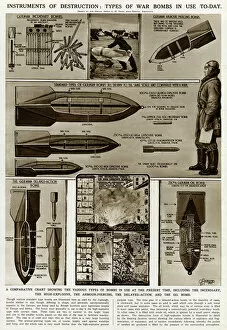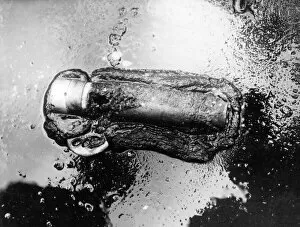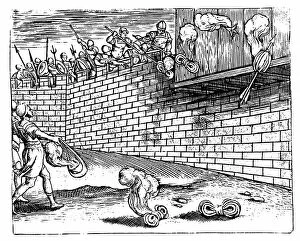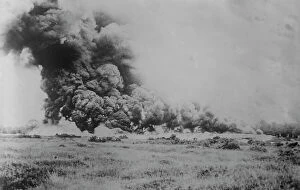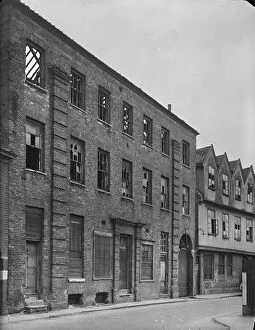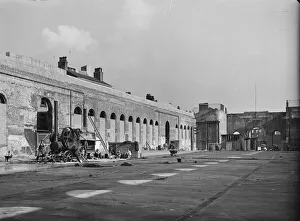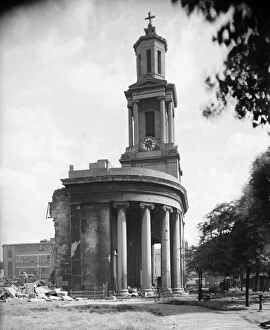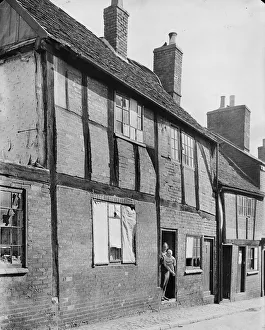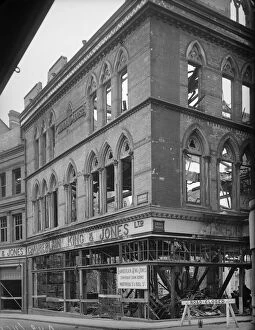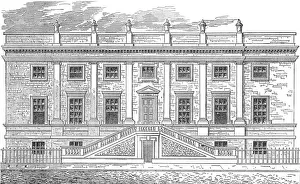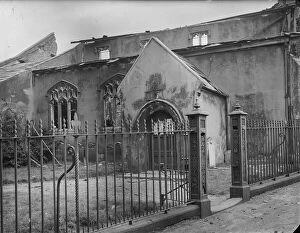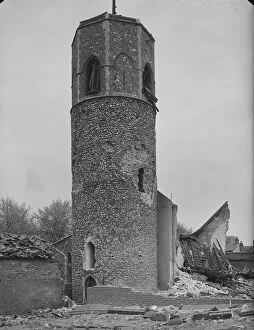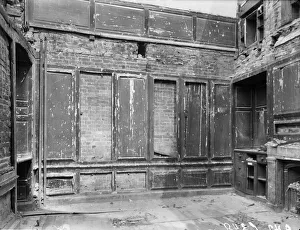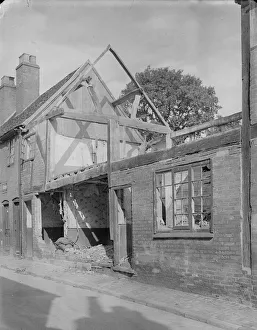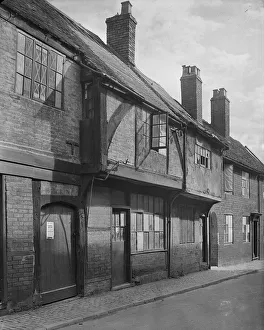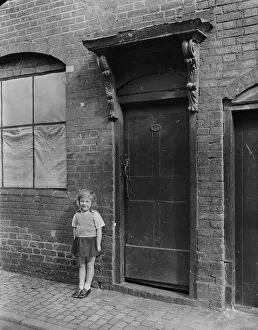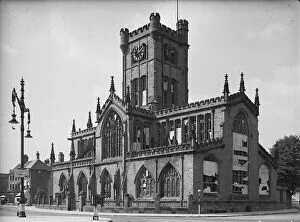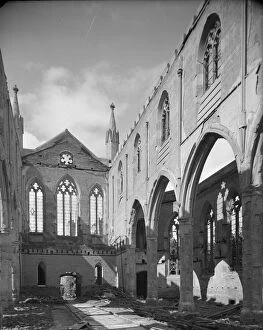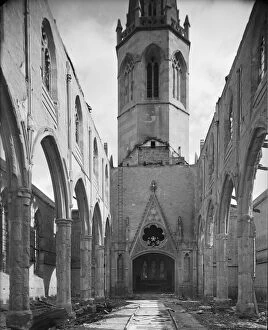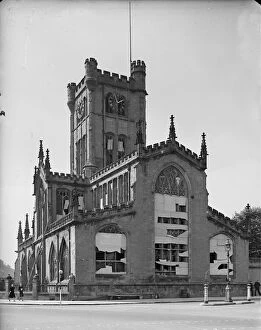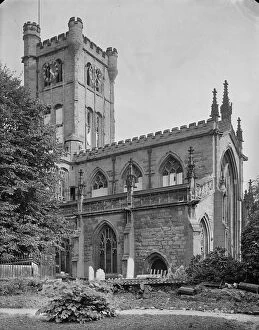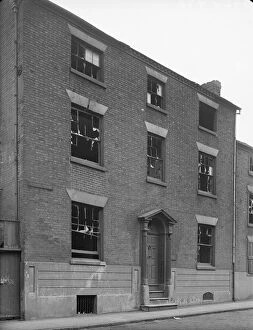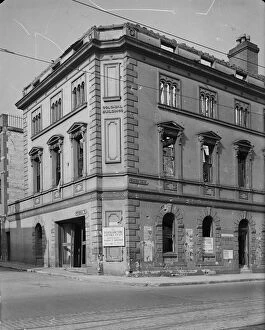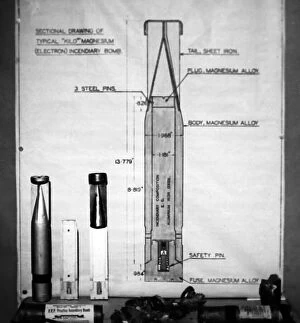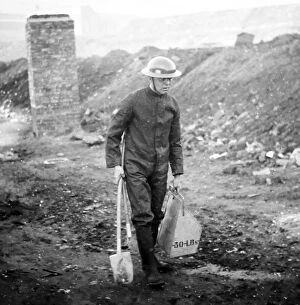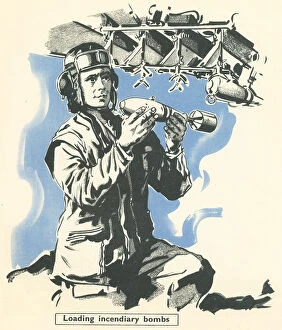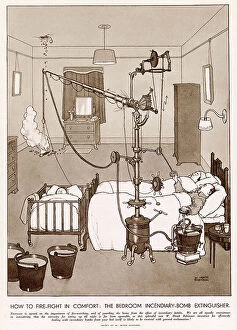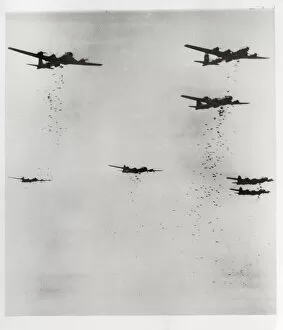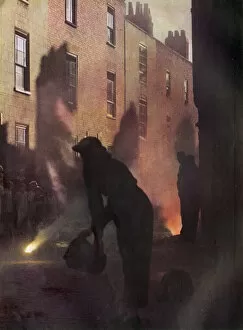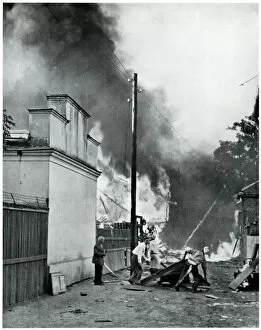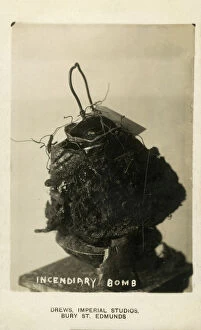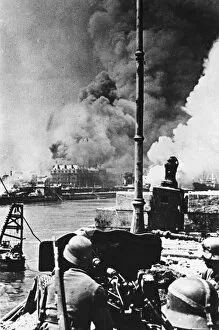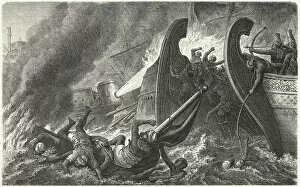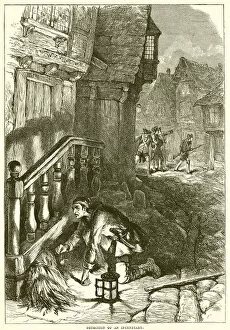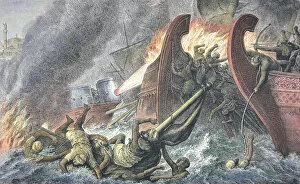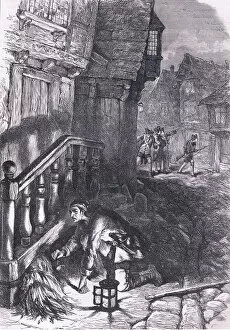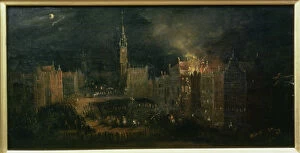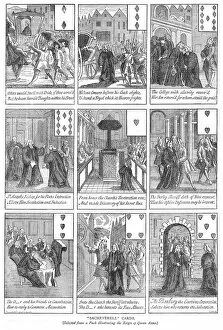Incendiary Collection
"Unleashing Destruction: The Devastating Impact Attacks during WW2" Canterbury Cathedral Library, a once serene sanctuary of knowledge
For sale as Licensed Images
Choose your image, Select your licence and Download the media
"Unleashing Destruction: The Devastating Impact Attacks during WW2" Canterbury Cathedral Library, a once serene sanctuary of knowledge, left in ruins by the merciless flames bombs during the Baedeker Blitz. Turnmill Street, Clerkenwell - witness to the ferocity of war as incendiaries rained down upon London during the Blitz, leaving behind a trail of destruction and despair. The Great Hall Norwich stands scarred but resilient after surviving an inferno unleashed by enemy forces in 1942 (a42_03739). A haunting image captures the aftermath within The Great Hall Norwich (a42_03738), where fire consumed history and tested the city's spirit. Oak Street Norwich bears witness to the devastation caused by incendiaries that turned homes into charred remnants amidst wartime chaos (a42_03736). City of London handcart laden with scrap bomb metal tells tales of resilience amid adversity during WW2's relentless bombardment. G. H Davis introduces a new German incendiary bomb - a chilling reminder that innovation can bring about destruction on an unimaginable scale. Various types of war bombs showcased in G. H Davis' collection reveal the terrifying arsenal employed during WW2's darkest days. A burnt-out incendiary device serves as a grim testament to London's endurance against relentless bombings throughout the Blitz era. ARP training exercises demonstrate bravery and determination as individuals learn how to handle deadly incendiary devices amidst chaos and danger. Witnessing courage under fire, experts carefully remove unexploded incendiary bombs through meticulous ARP training programs aimed at safeguarding lives and property. R. A. F Airman loading up their planes with lethal payloads - stacks upon stacks of destructive power packed within each incendiary bomb.

